Just seeing a towering tree suddenly rising up in the middle of the vast jungle, the people in the search group for the “dominant tree” felt their hearts flutter. Hope flared up like sunlight through the canopy, even though they knew that they might return empty-handed after a long trip of several days.
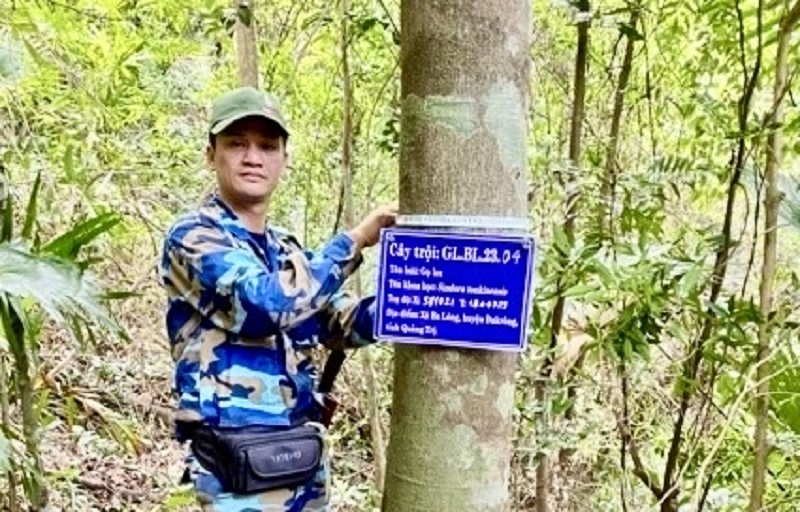
With over 43,000 hectares of primary forest, Dakrong Nature Reserve, Quang Tri Province, is home to a rich evergreen forest ecosystem. But among the vast expanse of trees and leaves, finding a “superior tree” – individuals with superior characteristics for propagation – is a difficult journey. After months of trekking through forests and wading through streams, the search team was only able to identify 6 “superior” mahogany trees here. Each tree is the result of both intelligence and sweat.
Having just returned from a campaign to mobilize the Van Kieu and Pa Co people in the buffer zone to participate in forest protection, Mr. Cao Van Nhiem, an employee of the Communications and Services Department, Conservation Area Management Board, still excitedly talks about his trips to the core of the old forest to search for each promising reed tree.
“Superior trees - simply put, are individuals that are superior in growth, have straight trunks, few branches, and are disease-free… compared to trees of the same species. Finding such a tree in the middle of an old forest is a feat, requiring skill, experience, courage, and passion,” said Nhiem.
“One of the most memorable trips was the search for “superior” reed mahogany trees in sub-areas 821, 825A and 849, located in Trieu Nguyen and Ba Long communes, Dakrong district. In addition to the Management Board staff, the trip was also attended by scientists from the North Central Forestry Science Center,” Nhiem recalled.
To prepare for a long trip to the forest, the group had to collect information from forest protection teams and local people, because they were the ones who knew every forest and every stream. Once they had identified the areas where the reeds might appear, the group made a specific plan, preparing backpacks with dry food, hammocks, tarpaulins, compasses, maps, GPS devices, etc.
Before dawn, when the forest was still sleepy, the group began clearing trees to clear the way. Each step required dodging thorns, crossing streams, clinging to rocks, and looking up at the dense canopy to determine the direction. At noon, they stopped by the stream to cook, rest, and then continued their journey until late afternoon to set up camp for the night.
“There was a trip that took three days, going from one sub-district to another without finding a single tree that met the standards. But there was also a lucky trip that discovered dozens of potential mahogany trees. However, after that, scientists had to measure and screen very carefully to determine exactly 6 truly “outstanding” trees to include in the list,” he shared.
Mahogany (also known as lau go, dew go...) is a rare large tree species, can be up to 30m high, trunk diameter over 1m, beautiful wood grain, no termites. Mahogany has long been classified as a rare wood, specialized in the production of high-end wooden furniture, shipbuilding and traditional construction.
With the goal of conserving and sustainably developing precious native timber species, from 2023 to 2025, the North Central Forestry Science Center has implemented a ministerial-level scientific project on "Research on exploitation and development of the genetic resources of mahogany in the Central coastal provinces". From 134 mahogany trees selected in 5 provinces, including Ha Tinh, Quang Binh, Quang Tri, Thua Thien Hue and Quang Nam, scientists have selected 78 "outstanding trees" that meet the standards. Of which, Quang Tri has 15 outstanding trees, including 9 trees in Ru Linh (Vinh Linh district) and 6 trees in Dakrong Nature Reserve.
Dr. Vu Duc Binh, Deputy Director of the Center, said: “We evaluate trees according to strict criteria: trunk diameter, height, curvature, branches, disease status and ability to flower and fruit. The selected trees are all healthy, grow well, are free of disease and pests, and have produced fruit for seed collection.”
From this source of “superior trees”, the Center has collected fruits and seeds for propagation. Currently, this unit has built 2 hectares of seed collection gardens in Quang Tri and Quang Nam, and is implementing 10 hectares of intensive plantation forests using rare mahogany genetic resources, in order to contribute to the restoration and sustainable development of large native timber forests in the Central region.
Amidst the dry streams in the dry season, amidst the deer trails, the search for “superior trees” continues. Not everyone understands the happiness of foresters when they discover a straight, disease-free mahogany tree quietly growing tall in the deep forest. But for people like Mr. Cao Van Nhiem, it can be an ideal in life.
Source: https://cand.com.vn/doi-song/di-tim-cay-troi-giua-dai-ngan-rung-dakrong-i770362/


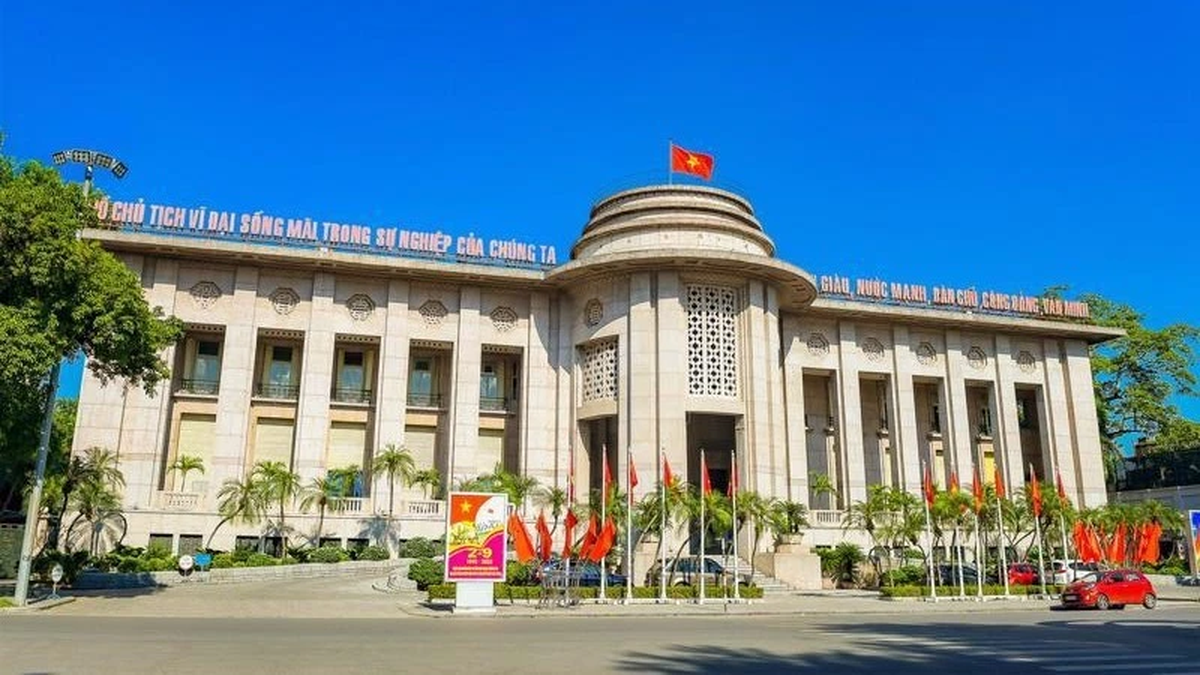
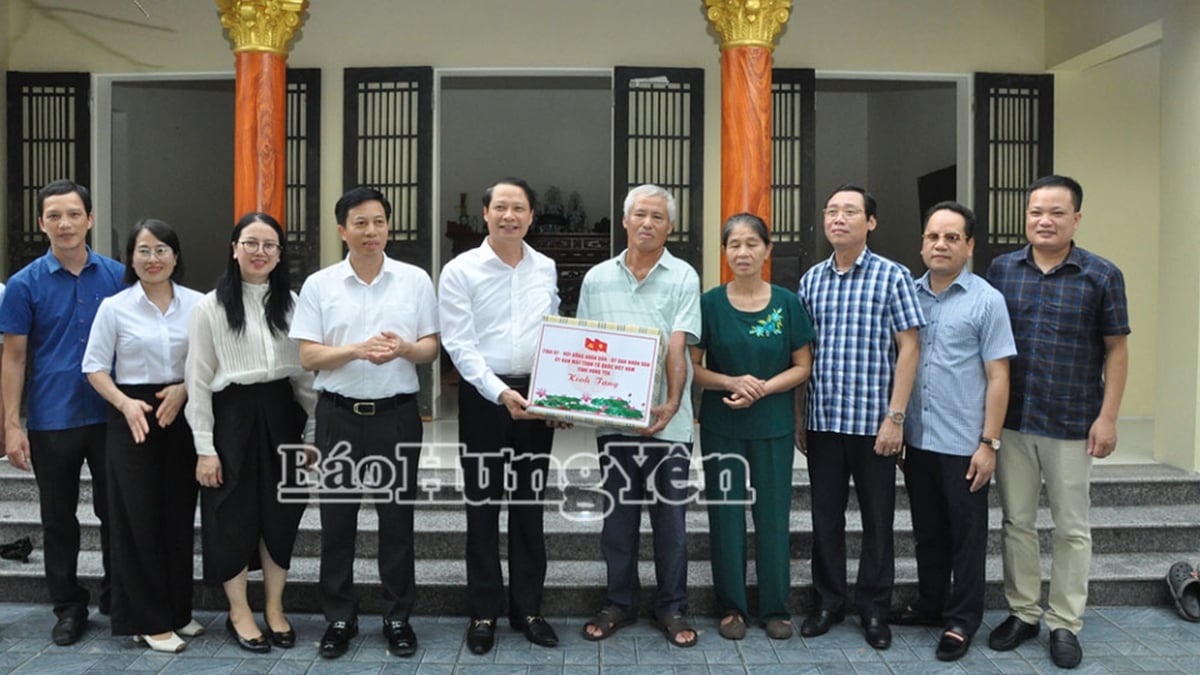
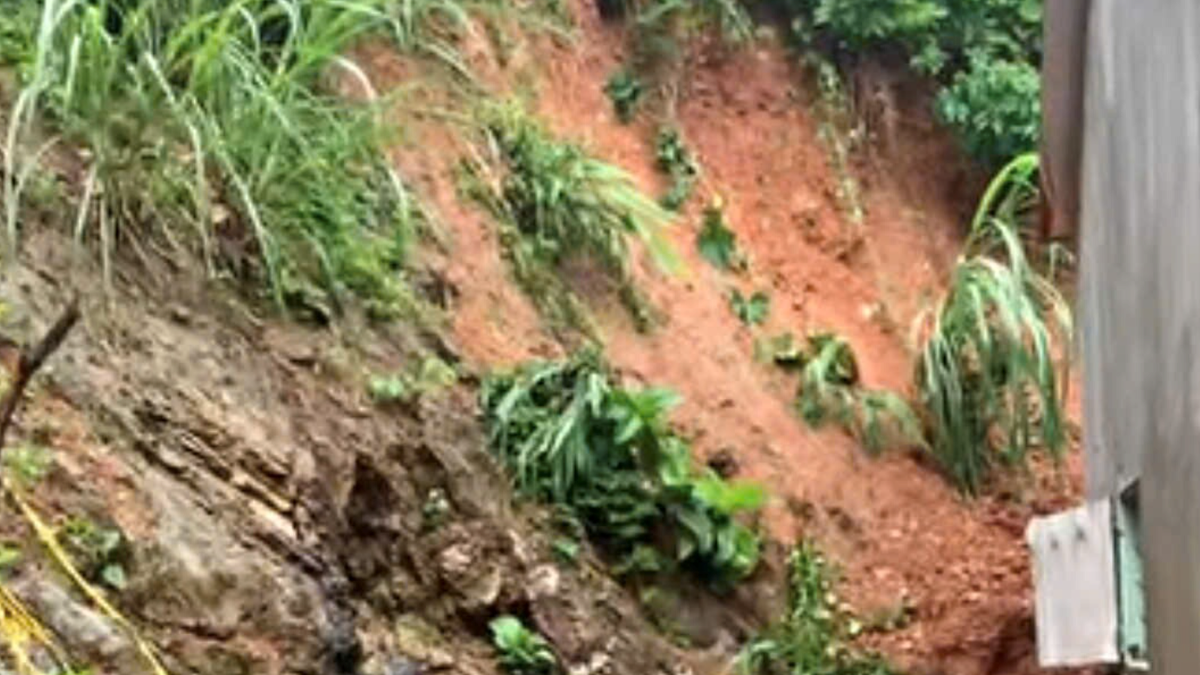
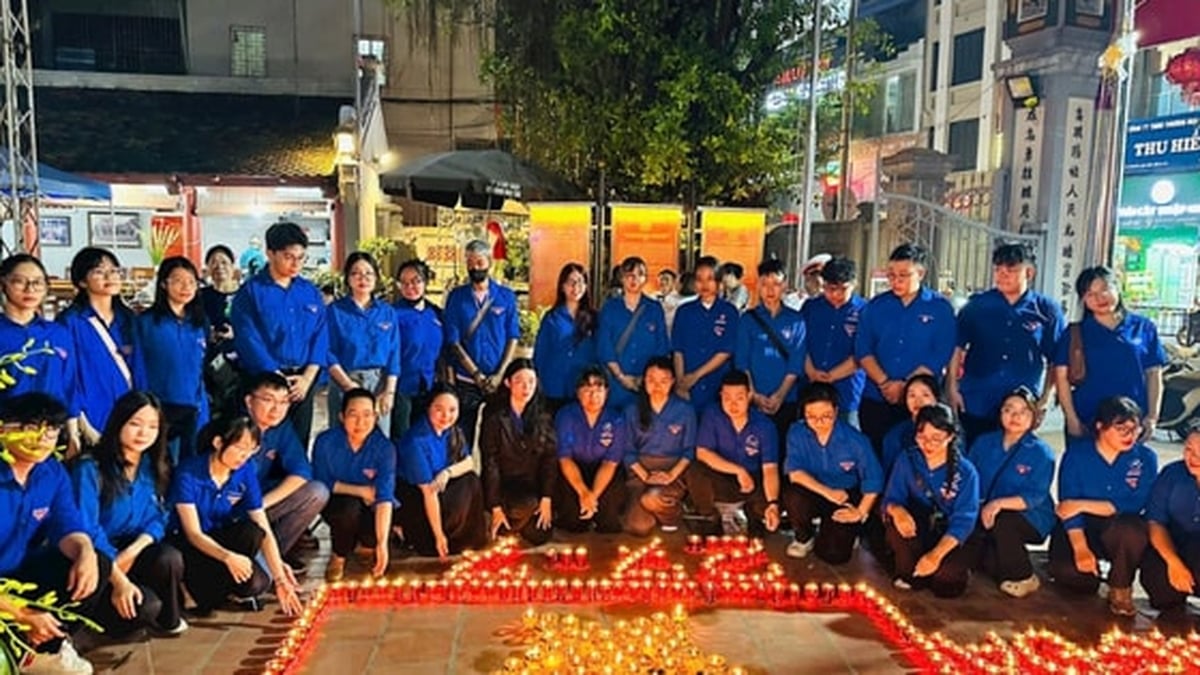

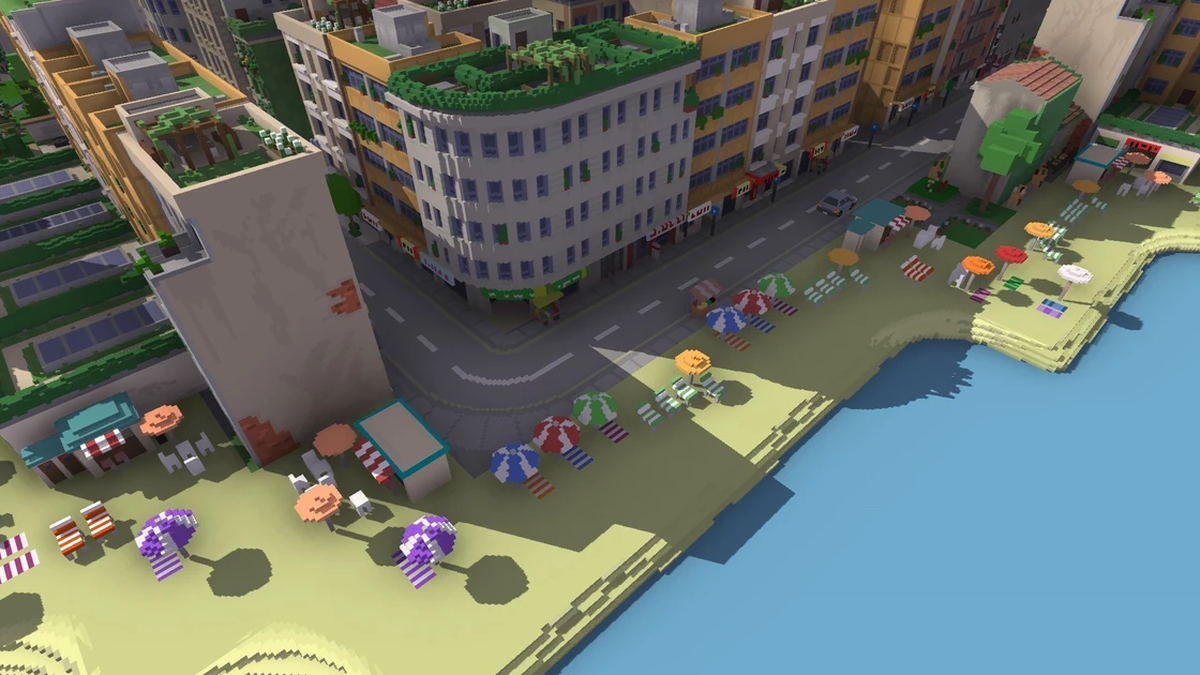



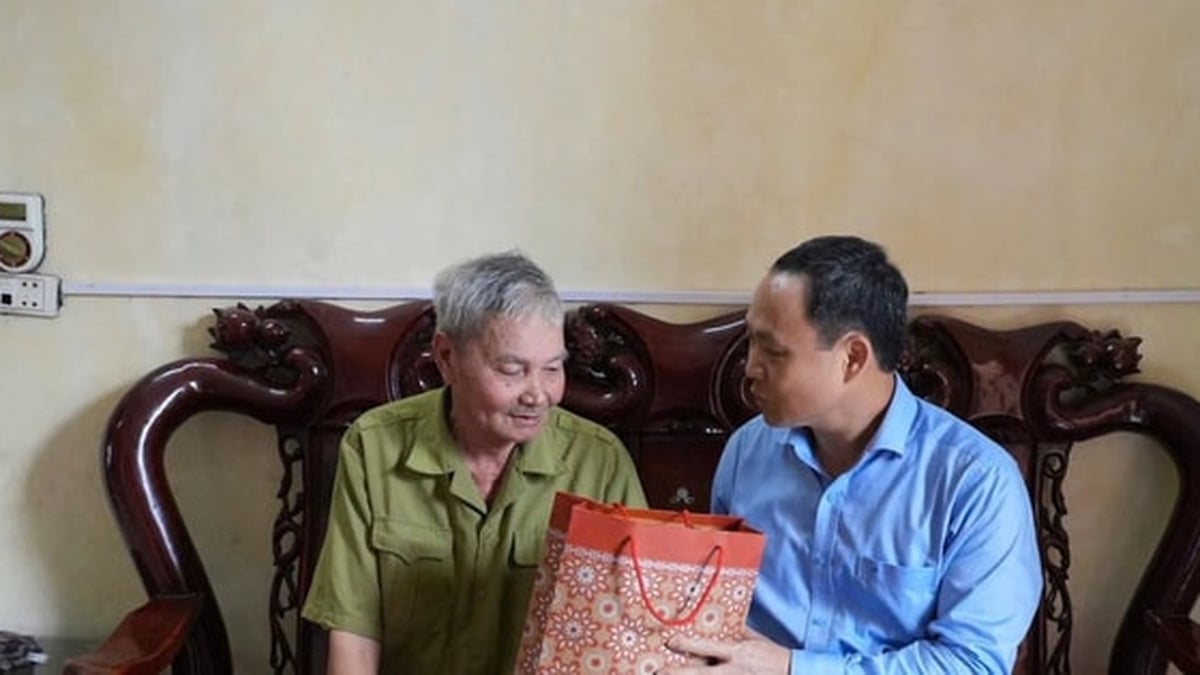











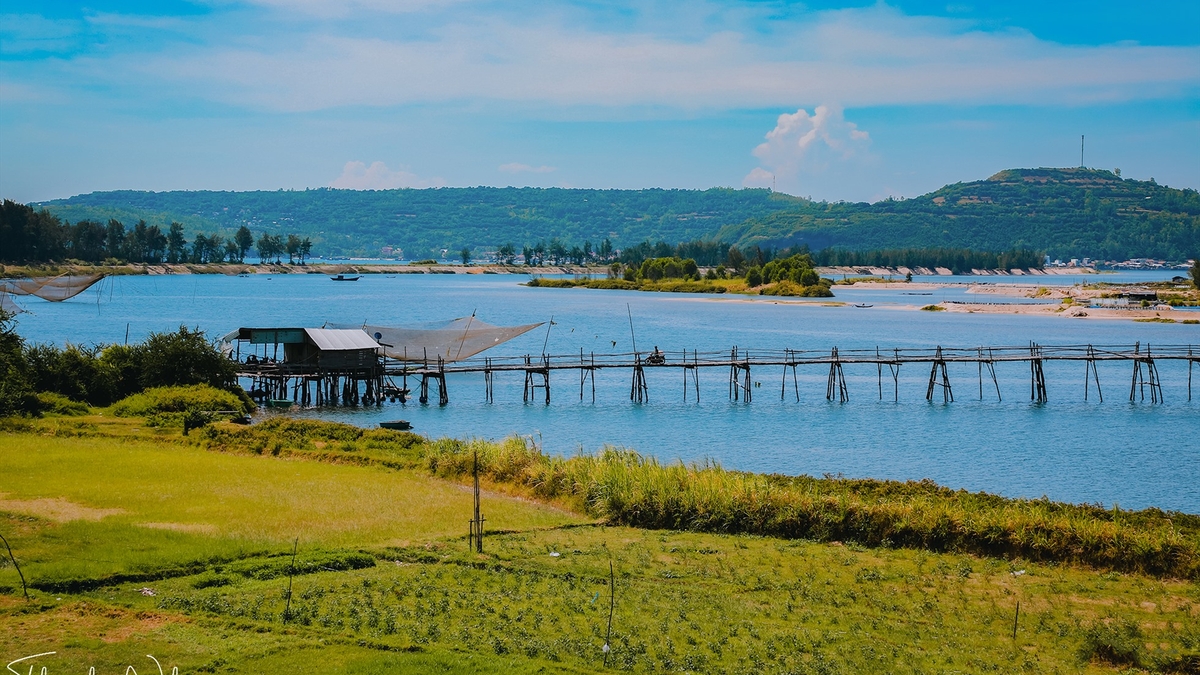


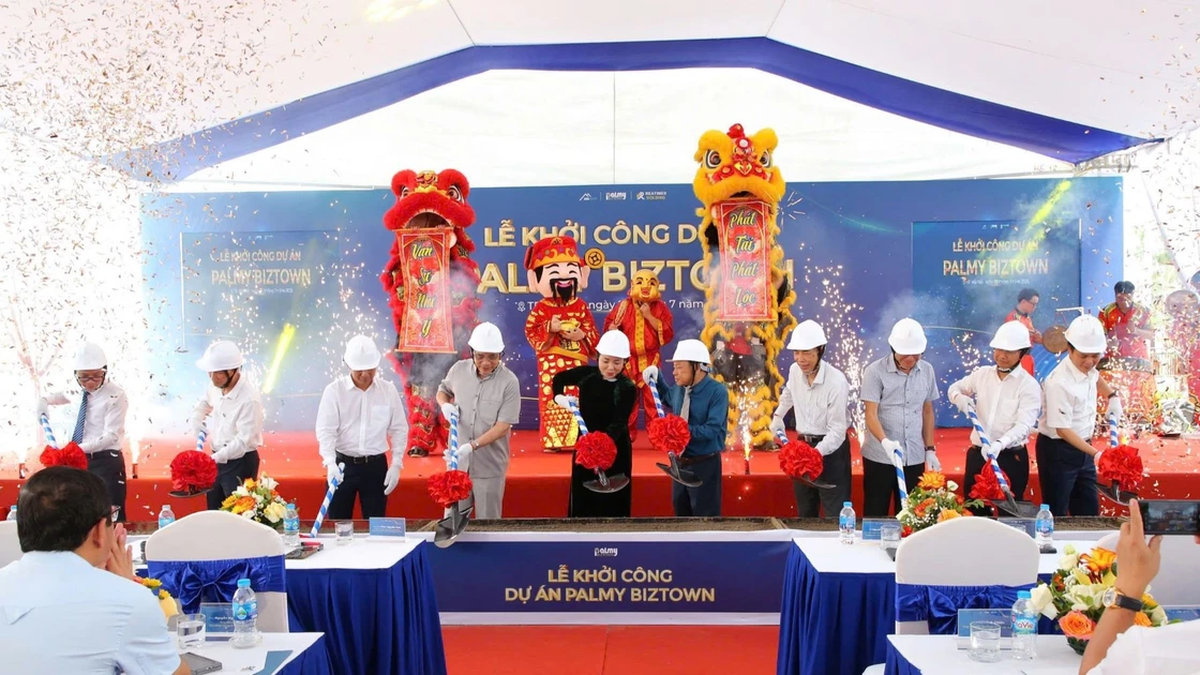
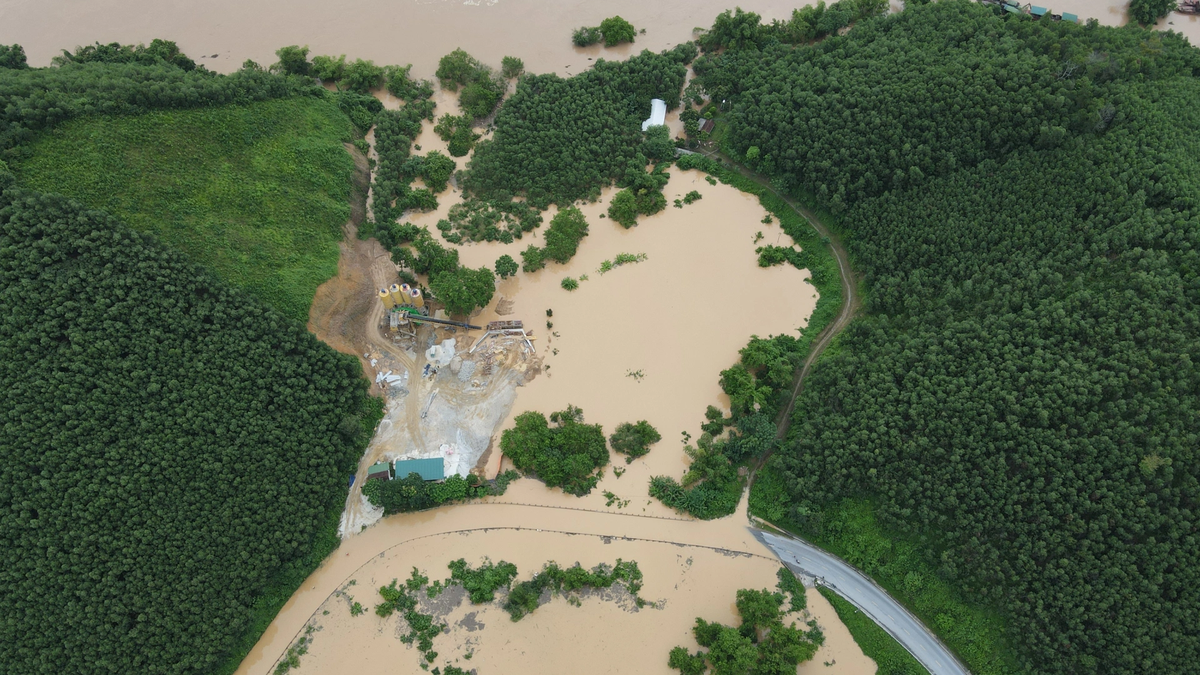
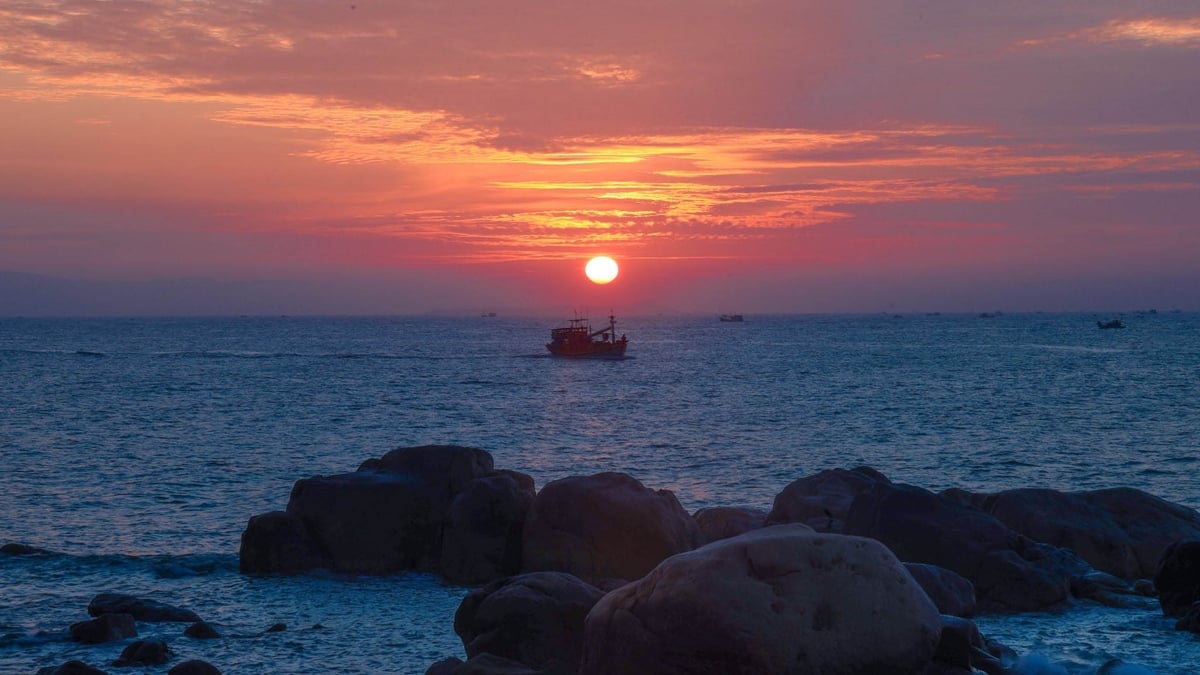
![[Photo] Signing of cooperation between ministries, branches and localities of Vietnam and Senegal](https://vphoto.vietnam.vn/thumb/1200x675/vietnam/resource/IMAGE/2025/7/24/6147c654b0ae4f2793188e982e272651)




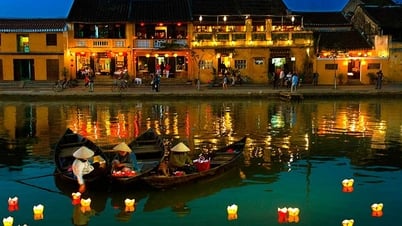

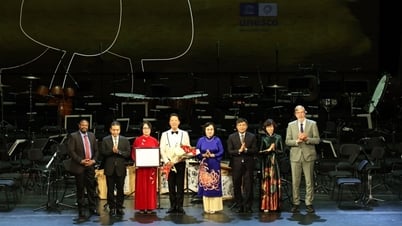

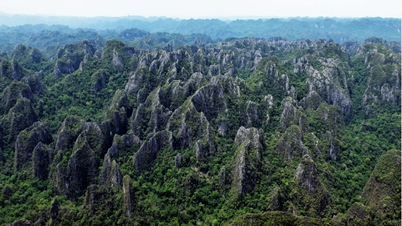


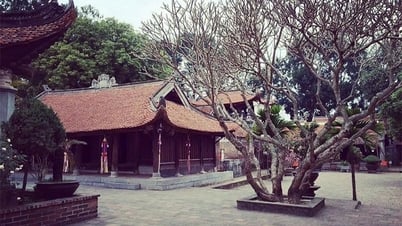





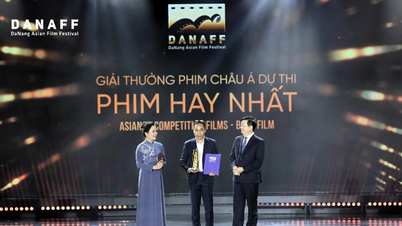
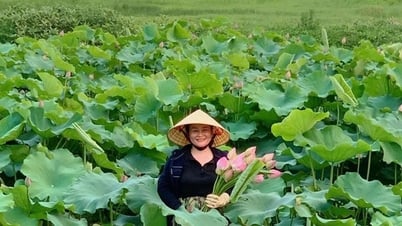








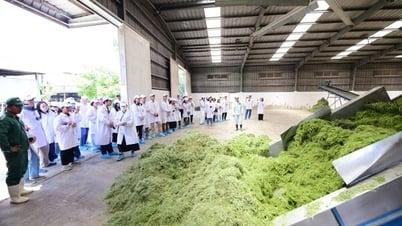

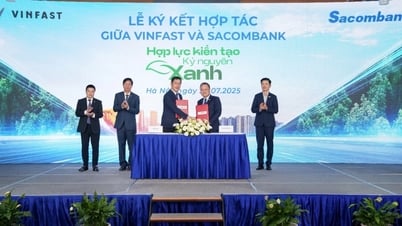



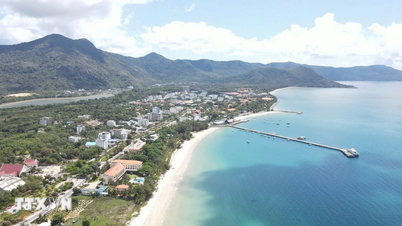
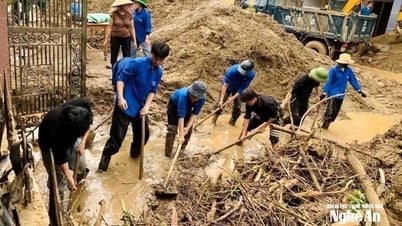









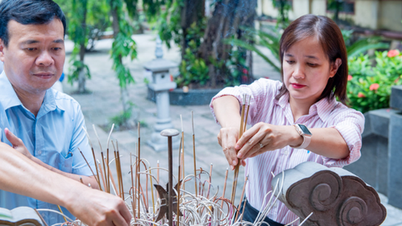
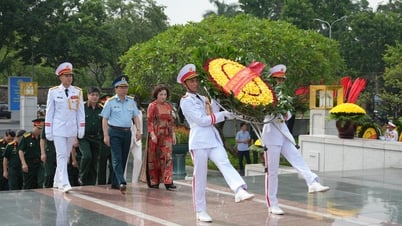




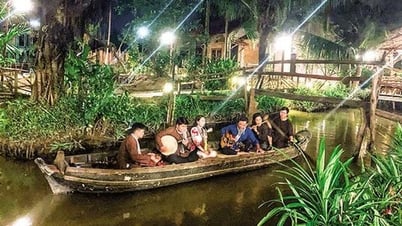














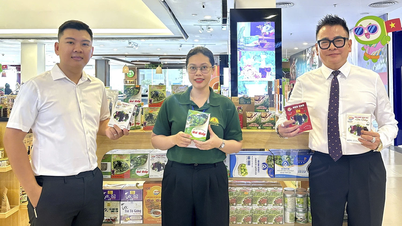







Comment (0)